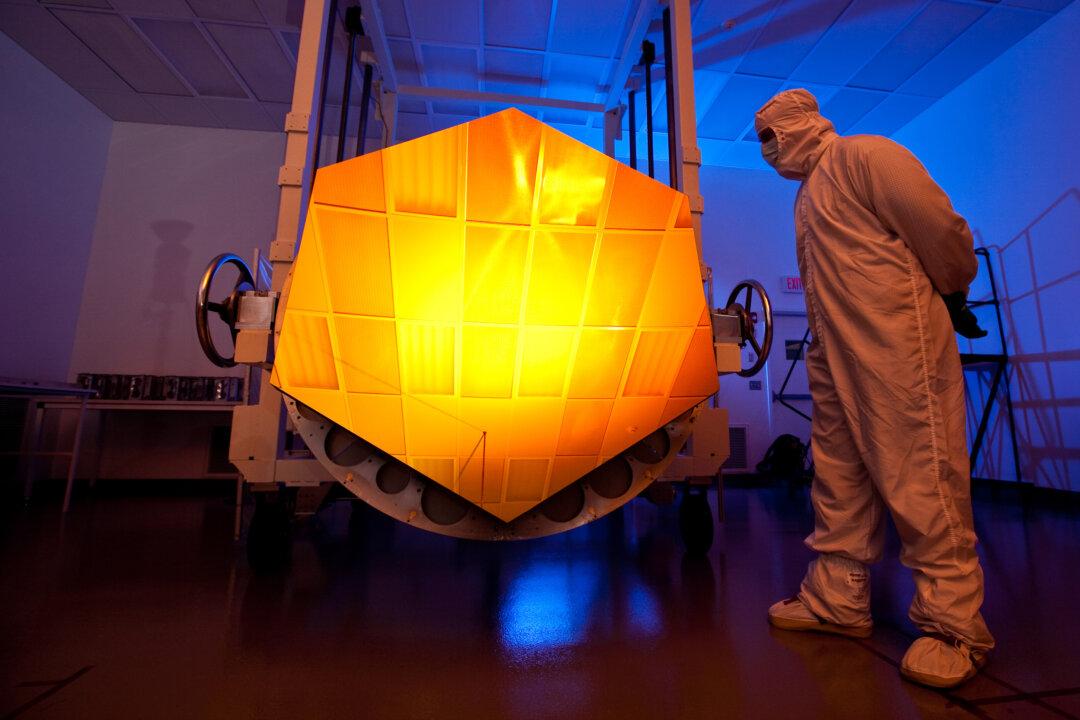New research cuts the estimated number of the most distant galaxies by 10 to 100 times.
Over the years, the Hubble Space Telescope has allowed astronomers to look deep into the universe. The long view stirred theories of untold thousands of distant, faint galaxies.
“Our work suggests that there are far fewer faint galaxies than we once previously thought,” says Brian O'Shea, associate professor of physics and astronomy at Michigan State University.
“Earlier estimates placed the number of faint galaxies in the early universe to be hundreds or thousands of times larger than the few bright galaxies that we can actually see with the Hubble Space Telescope. We now think that number could be closer to ten times larger.”

